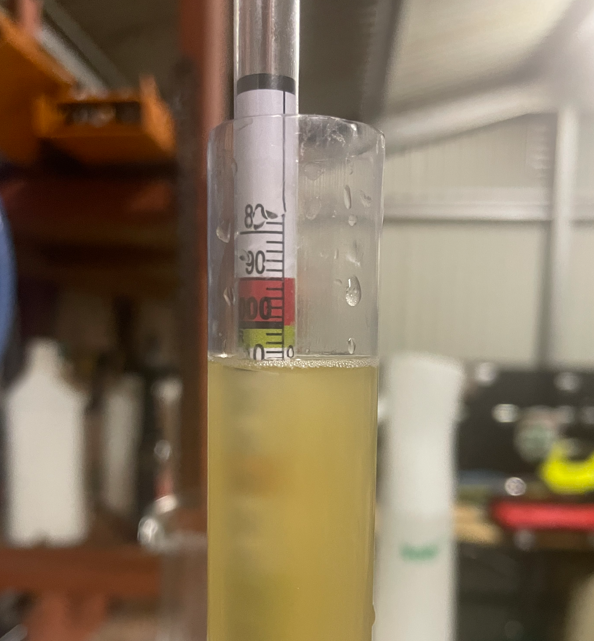Hi,
I'm a new after receiving a brew kit for Chrsitmas. I'm currently brewing my first beer, a lager using the All In Brewing fresh wort kit.
It's been in the fermenter for 14 days now at 12degrees using ink bird controller in a old wine fridge. I checked the gravity last night and if i'm reading it correctly, its approximately 1.008. Is that correct?

When I should i start Diacetyl rest or have i left it too late? ? I've read you should start at 2-5 points within terminal gravity so I think i've missed the mark?
After Diacetyl rest i'm planning on cold crashing. and lagering for a few weeks before bottling.
I'm going about this wrong?
JS
I'm a new after receiving a brew kit for Chrsitmas. I'm currently brewing my first beer, a lager using the All In Brewing fresh wort kit.
It's been in the fermenter for 14 days now at 12degrees using ink bird controller in a old wine fridge. I checked the gravity last night and if i'm reading it correctly, its approximately 1.008. Is that correct?

When I should i start Diacetyl rest or have i left it too late? ? I've read you should start at 2-5 points within terminal gravity so I think i've missed the mark?
After Diacetyl rest i'm planning on cold crashing. and lagering for a few weeks before bottling.
I'm going about this wrong?
JS
Last edited:


